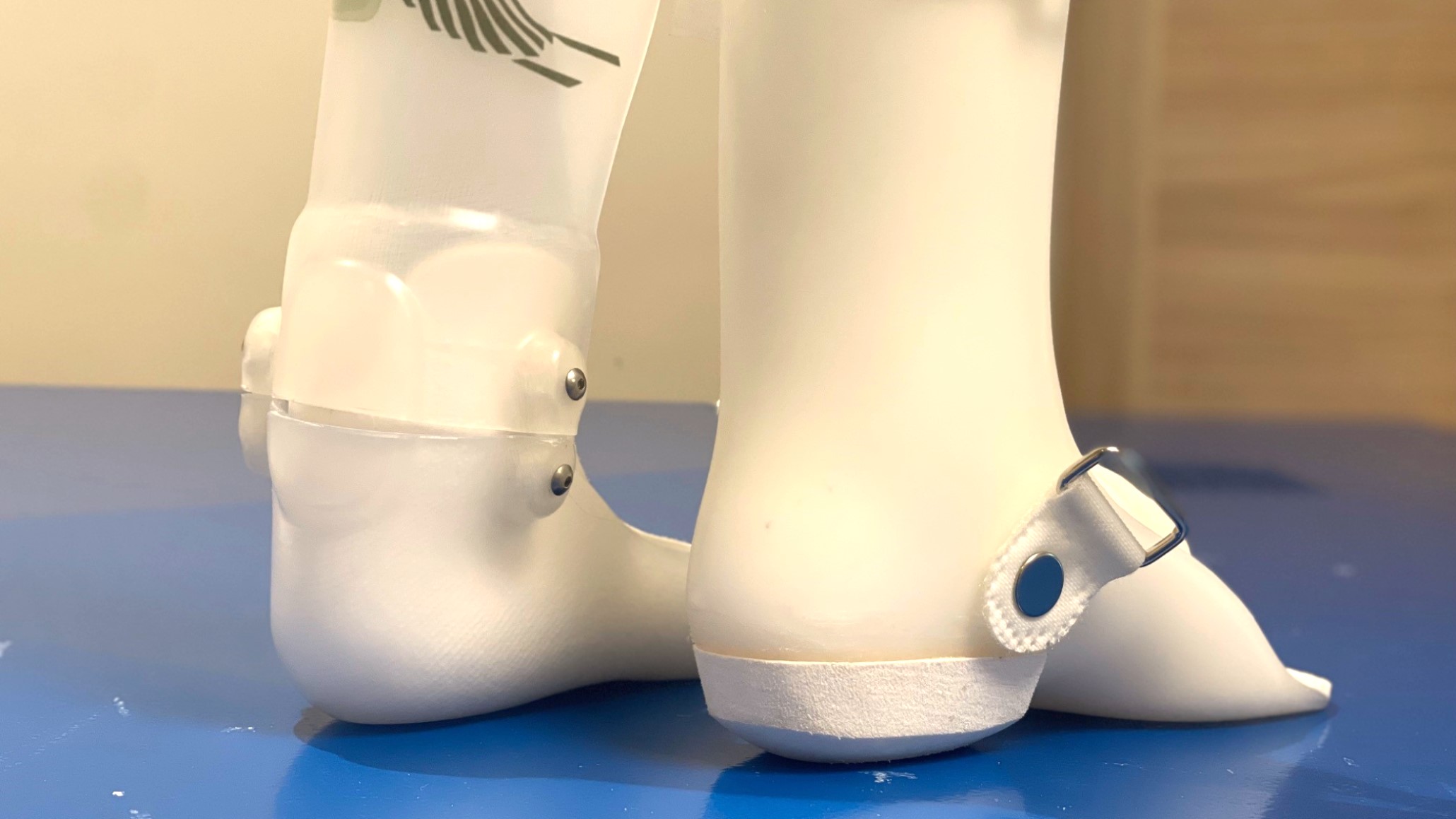Now Reading: Articulated vs Static Ankle Foot Orthotics: New Research Highlights Benefits for Foot Drop Patients
-
01
Articulated vs Static Ankle Foot Orthotics: New Research Highlights Benefits for Foot Drop Patients

Articulated vs Static Ankle Foot Orthotics: New Research Highlights Benefits for Foot Drop Patients
A new study, published in the Pakistan Journal of Health Sciences by a group of Orthotists Prosthetists , has shed light on the comparative effectiveness of articulated and static ankle-foot orthotics (AFO) in improving gait kinematics for foot drop patients. This research is particularly important for stroke patients suffering from motor disabilities, including foot drop, which significantly impairs their walking abilities.
Foot drop is a common condition among stroke survivors, characterized by an inability to lift the front part of the foot, leading to difficulty in walking. This can result in slower walking speeds, reduced step lengths, and an increased risk of falls due to toe dragging. To correct this, healthcare professionals often prescribe AFOs, external devices that stabilize the ankle joint and improve gait performance.
Two main types of AFOs are commonly used: static (rigid) AFOs, which restrict joint movement, and articulated AFOs, which allow controlled ankle motion. The choice between these two types can significantly impact a patient’s mobility and overall quality of life.
Research Findings: Articulated AFO Proves Superior
The study involved 100 patients with unilateral foot drop, aged between 2 and 15 years. These participants were recruited from the Pakistan Institute of Prosthetic and Orthotic Sciences (PIPOS) Rehabilitation Services Program. Researchers compared gait kinematics while patients used both articulated and static AFOs, analyzing key parameters like step length, stride time, cadence, and joint movements at various stages of walking.
The findings revealed that the articulated AFO provided superior outcomes compared to the static version. Specifically, articulated AFOs significantly improved step length, stride time, and cadence, making patients’ gait smoother and more efficient. Key improvements were observed during critical stages of walking:
• Initial Contact: Articulated AFOs helped bring hip, knee, and ankle angles closer to normal, reducing toe dragging and improving the stability of the knee. • Mid-Swing: The use of articulated AFOs allowed for better flexion at the hip and knee, providing greater mobility and reducing the risk of tripping. • Terminal Swing: Articulated AFOs ensured better flexion at the hip and proper extension at the knee, preparing the leg for a smooth heel strike in the next step.
Overall, the study concluded that articulated AFOs are significantly better than static AFOs for improving gait performance and reducing the risk of falls in patients with foot drop. These findings have important implications for clinicians working with foot drop patients, particularly in stroke rehabilitation. The use of articulated AFOs, with their ability to provide controlled ankle movement, offers a more effective solution for improving functional mobility and ensuring a smoother, more consistent gait. This, in turn, can greatly enhance a patient’s independence and quality of life.
The study was authored by
- Aqsa KhanMehboob Medical Centre, Peshawar, Pakistan
- Aqeel Ahmed KhanIsra Institute of Rehabilitation Sciences, Isra University, Islamabad, Pakistan
- Irzam HaroonKhyber Teaching Hospital, Peshawar, Pakistan
- Wafa KhattakIndus Hospital, Muzaffarabad, Pakistan
- Muhammad KashifIndus Hospital, Muzaffarabad, Pakistan
- Muhammad KamranChal Foundation Bacha Khan Medical Complex, Khyber Pakhtunkhwa, Pakistan
- Ghulam SaqulainCapital Hospital, Islamabad, Pakistan
,and published in the Pakistan Journal of Health Sciences (Volume 5, Issue 3, March 2024). It can be accessed at DOI: https://doi.org/10.54393/pjhs.v5i03.1337 .











